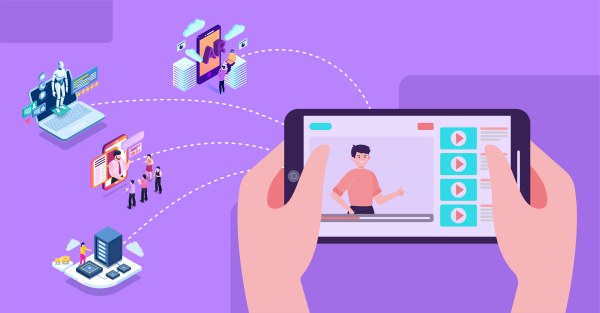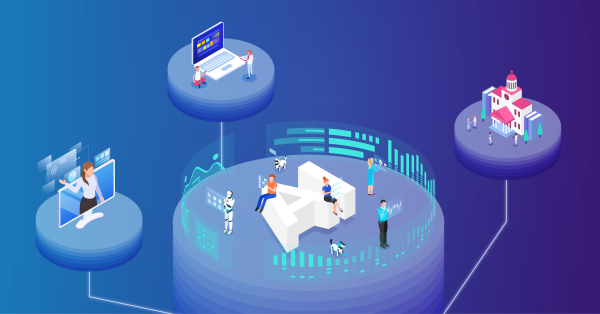
My background has been handling conferences and events, which involved planning and conceptualizing industry-specific events for information exchange, knowledge sharing and business networking.
Web 2.0 offers an opportunity to make conferences more interactive and provides the conference companies with a strategic marketing arm to showcase their events. This is done by adopting web 2.0, basically an interactive platform increasing marketing depth and coverage. Generally, companies have websites which provide basic information but with web 2.0, companies can actively engage the customer. So, it is possible to have communities, blogs, videos, chats, consumer profiles and lots more...
But how can conference & event companies benefit from this?
Conference and event companies can benefit a lot from an interactive website with an online community feature as it provides all stakeholders with various avenues to communicate and collaborate with its members, while allowing the Conferences companies to consolidates its members.
External stakeholders can be benefitted in the following ways:
a) Speakers: can showcase their profiles, and have discussions on the topics they are going to speak about. Say, for a Six Sigma and Process Excellence conference, speakers can have online panel discussions, modify their presentation to suit audience preferences and make their presentations more interactive through case-studies and practical solutions; both online and onsite.
b) Sponsors: can benefit from interactive website through sponsorship of either a complete online community or just a specific topic group. These groups can act as a discussion platform and help sponsors understand the needs of potential clients before actually meeting them in person. Selective surveys and polls further help sponsors to gain insights of their product offerings. Say, a sponsor for an FPSO event providing topside services could sponsor the section having presentations on the topside section and would be able to fix meetings in advance. This would give them more time to market their products and increase their ROI.
c) Delegates:
Registered delegates: Delegates that have already registered can benefit from online discussions with speakers and get them to address issues, be it technical or commercial. They can access the profiles of other registered delegates and speakers and read their blogs and comments for past and present events. Conference organizers can also obtain feedback and inputs on presentations and products through ranking systems, surveys and polls.
Potential delegates: Potential delegates can access speaker profiles and videos, view online discussions in various speaker groups, have access to past event presentations and comments to entice them to register for the current event. There could also be online promotional activity to incentivize potential delegates to register for events online.
d) Engagement Features: Online communities can effectively engage external stakeholders by enabling them to manage their individual profiles, share thoughts through blogs & groups and brand through event videos; all of it helping in establishing as industry leaders. Post the events, stakeholders can share their opinions. It would lead to customer retention and increase consumer base thereby magnifying a local event into a large scale event (LSE) or a regional event. The internal stakeholders also end-up with an enriched profile target database along with connectivity information of external social networks, thereby having a starting point for the next event, as a by-product. As these profiles would be on a companyâÂÂs website rather than Facebook or LinkedIn, the internal stakeholders can benefit from various information and online discussions, about which I shall discuss in my next blog.
Karan Chopra has spent the last few years in conference production and is now bringing his expertise to the online community industry so that conference and events companies can utilize optimum and relevant technology to stay ahead of competition.







